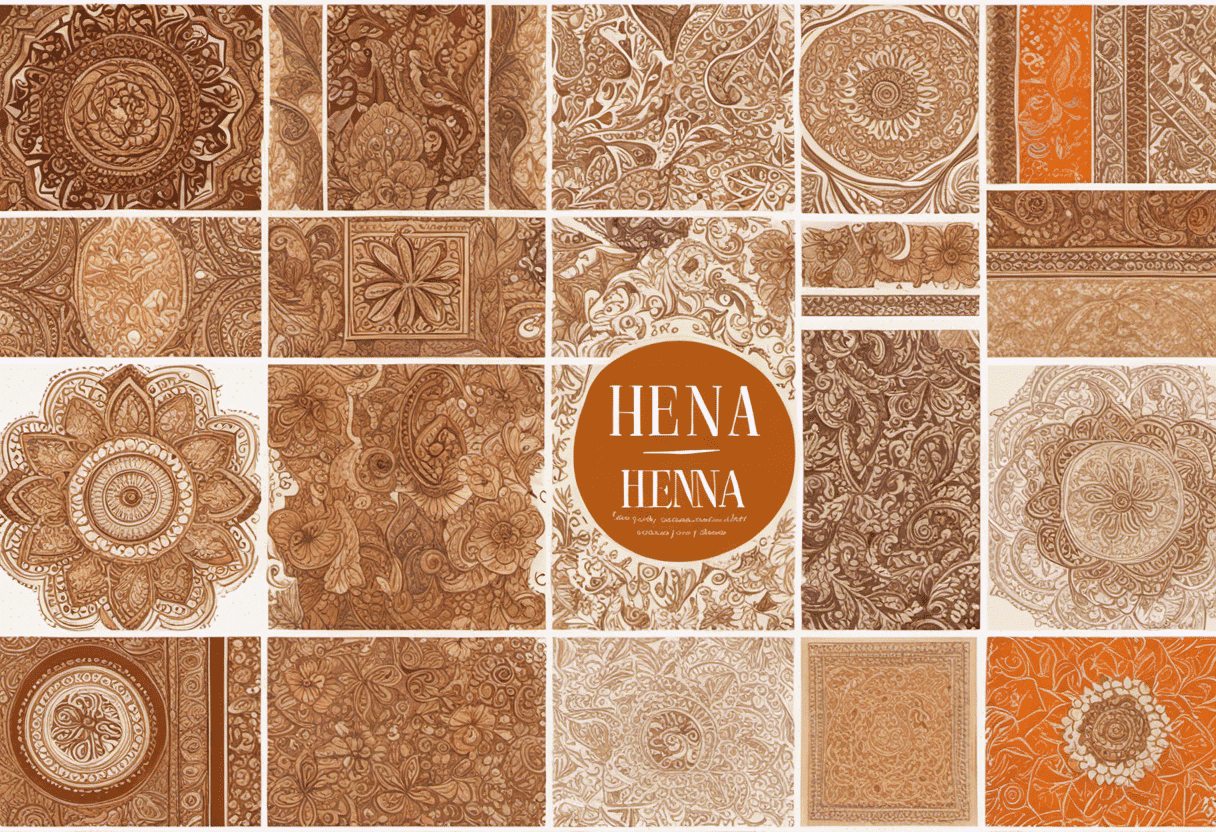Mehndi, also known as henna, is a beautiful form of body art that has been practiced for centuries in many parts of the world. It involves the use of a natural dye made from the leaves of the henna plant to create intricate patterns and designs on the skin. The art of mehndi has a rich history and cultural significance, and it continues to evolve and inspire new innovations in contemporary designs. In this article, we will take a closer look at the historical origins of mehndi, its cultural significance, traditional designs, contemporary innovations, and how it serves as a form of self-expression.
Historical Origins
The origins of mehndi can be traced back thousands of years to ancient civilizations in the Middle East, North Africa, and South Asia. It is believed to have originated in ancient Egypt, where it was used for both cosmetic and healing purposes. The use of mehndi then spread to the Indian subcontinent and other parts of the world through trade routes and cultural exchanges.
Cultural Significance
Mehndi holds immense cultural significance in many communities and is an integral part of weddings, festivals, and other special occasions. In many cultures, mehndi is considered a symbol of good luck, prosperity, and beauty. It is also believed to have healing properties and is applied to the hands and feet to cool the body and reduce stress.
Traditional Henna Designs
Traditional henna designs vary across different regions and cultures. In India, elaborate bridal mehndi designs are a popular tradition, featuring detailed patterns that cover the hands and feet. These designs often incorporate symbols and motifs that are significant to the bride and groom, such as peacocks, lotus flowers, and the names of the couple.
In the Middle East, geometric patterns and floral motifs are commonly used in mehndi designs. Arabic mehndi designs are known for their intricate details and flowing lines, creating a mesmerizing effect. Moroccan henna designs, on the other hand, often feature bold, geometric shapes and symbols that convey protection and good luck.
Contemporary Innovations
In recent years, mehndi has seen a surge in popularity and has evolved beyond traditional designs. Contemporary henna artists are pushing the boundaries of creativity and experimenting with new techniques and styles. From incorporating elements of tattoo art to creating 3D designs, the possibilities are endless.
One notable innovation is the use of white henna, which creates the illusion of a tattoo. While traditional mehndi is reddish-brown, white henna provides a temporary alternative for those who may not want a permanent tattoo. It opens up new possibilities for intricate and delicate designs that stand out on any skin tone.
Mehndi as a Form of Self-Expression
For many individuals, mehndi is not only a cultural practice but also a means of self-expression. People now use mehndi to share their interests, passions, and beliefs through personalized designs. From incorporating symbols of empowerment and feminism to showcasing their love for nature, mehndi has become a powerful form of self-expression.
Mehndi also serves as a form of body art that allows individuals to embrace their creativity and showcase their unique style. It provides a temporary canvas for self-expression, with designs ranging from minimalist and abstract to intricate and bold.
In conclusion, mehndi is a beautiful art form that has deep historical roots and cultural significance. As it continues to evolve and grow, the world of mehndi offers a wealth of traditional designs to admire and contemporary innovations to explore. Whether used as a traditional practice or a form of self-expression, mehndi allows individuals to adorn their skin with intricate beauty and tell their own unique stories.

+ There are no comments
Add yours